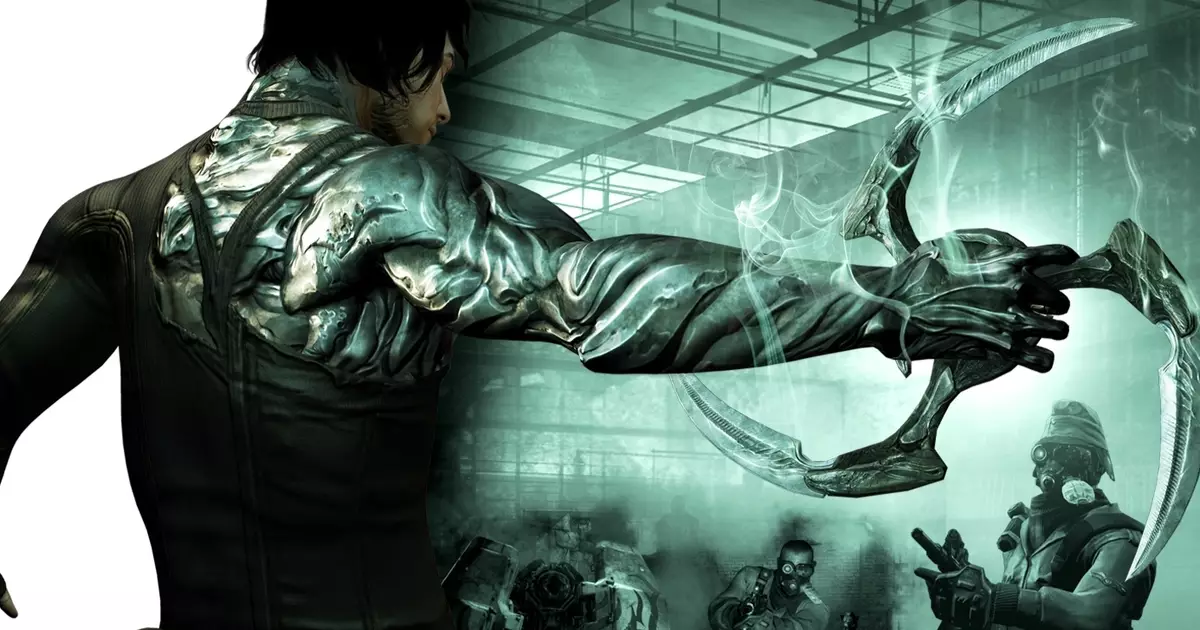Dark Sector, a title released by Digital Extremes in 2008, stands as a testament to the studio’s experimental phase in the realm of action games. While it remains somewhat of a footnote in gaming history, particularly when viewed alongside its more renowned successor, Warframe, the game’s unique mechanics and design warrant examination. This article delves into the specifications of Dark Sector, its cultural context, and its impact on the evolution of Digital Extremes’ oeuvre.
Set in a gritty, near-futuristic version of contemporary Earth, Dark Sector dazzles players with its engaging premise centered around bioengineering and betrayal. Players take on the role of Hayden Tenno, a covert operative who becomes infected with a lethal virus, resulting in a need to harness powers derived from the Technocyte bioweapons. The highlight of Dark Sector’s gameplay revolves around the glaive—an innovative weapon that combines melee and ranged attributes, allowing users to be creative in tackling enemies and puzzles alike.
However, while the glaive concept is intriguing, the execution falters. The mechanics felt clunky at times, affecting the fluidity essential to a third-person shooter. Despite attempts to elevate the game through its unique weaponry, players often found themselves distracted by the uneven gameplay experience, leading to Dark Sector’s identity crisis. It struggled to stand out amidst a crowded market of similar action titles in the late 2000s, which misconstrued its average offerings as forgettable.
Interestingly, the development of Dark Sector marks a pivot in Digital Extremes’ approach to game design. Initially conceived as a sci-fi title with extravagant mechsuits and outer-space exploration, the game eventually transitioned to a more grounded narrative intertwined with elements of horror and biopunk aesthetics. This decision reflects a broader industry trend during that era—a response to player sentiments that gravitated towards more relatable conflicts and character dynamics, albeit often at the expense of creative storytelling.
The contrast between Dark Sector’s initial vision and its eventual release raised questions about branding and thematic coherence within the gaming landscape. Many fans who followed Digital Extremes respected the studio’s pivot towards a more recognizable setting but lamented the potential adventure that a full-fledged space narrative could have offered.
If one looks beyond the surface of Dark Sector, it’s possible to see the seeds of Warframe’s inception deeply rooted in its gameplay mechanics and underlying themes. After Dark Sector’s release, the creative minds at Digital Extremes refined their ideas and repackaged the essence of their earlier work into the widely successful free-to-play title Warframe.
Warframe’s subsequent popularity reminded many of Dark Sector’s innovative yet imperfect design. The glaive made an appearance again as a stylish weapon in Warframe, indicating a harmonious return to the original concept that once struggled to capture mainstream appeal. Digital Extremes leveraged their past to carve out a successful niche in the gaming community and challenge conventional development wisdom.
As part of a promotional strategy, Digital Extremes recently made Dark Sector available for free on platforms like Steam, ostensibly as a celebration of Warframe’s new expansion. While this offer appeals to nostalgia, it raises pertinent questions about the enduring value of older titles and their significance in a rapidly evolving marketplace. Dark Sector may not have left an indelible mark during its initial run, yet the acknowledgment of its existence alongside Warframe speaks to the layers of gaming history that often go overlooked.
As we advance further into an age dominated by AAA titles and high-budget productions, it’s essential to revisit the less revered games that paved the way for those successes. Dark Sector may not have achieved the same level of acclaim as Warframe, but its problematic charm and brave design choices are heirs of a history that deserves recognition and appreciation.
In closing, while Dark Sector encapsulates the imperfections and trials of early attempts at innovative design, it is ultimately a piece of the transformative gaming puzzle that reflects the evolution of Digital Extremes and the broader industry landscape.


Leave a Reply